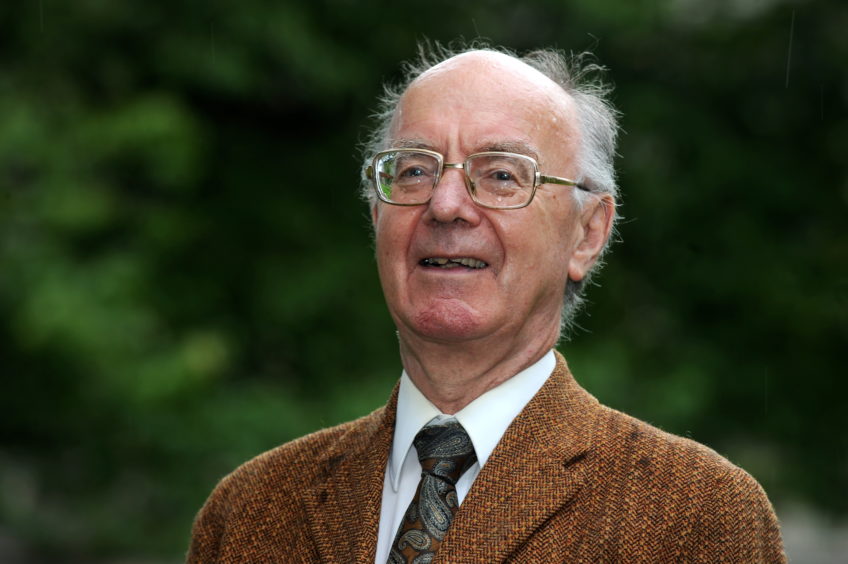
A renowned petro-economist believes carbon pricing will be one of the “sticks” the UK Government uses to compel oil firms to invest in emissions-busting technologies.
Prof Alex Kemp, of Aberdeen University, said the UK’s Emissions Trading Scheme (ETS) could be particularly effective for encouraging investment in carbon capture and storage (CCS), as well as North Sea platform electrification.
But Prof Kemp said the government had to be wary of “carbon leakage”, whereby policies lead to the early decommissioning of oilfields and an increase in imports from countries which are doing less to combat climate change.
He was commenting after studying recent policy documents, including the North Sea Transition Deal and the Energy White Paper.
The transition deal was initially said to include a commitment by the government and oil sector to jointly invest up to £16 billion by 2030 to reduce emissions.
It later became clear that most of the capital expenditure on CCS, electrification and hydrogen projects would have to come from oil firms.
For its part, the government will provide some “carrot” over the coming months by drawing up commercial and regulatory frameworks to make these investments more attractive to companies.
The UK Department for Business, Energy and Industrial Strategy vowed to “explore the economics” of electrification and bring forward “revenue mechanisms” for hydrogen and CCS.
The deal was widely welcomed, though some industry commentators questioned whether such large levels of investment would be offered voluntarily by oil firms that have felt the recent stress of the oil crash.
Prof Kemp thinks the UK ETS will be one of the policy instruments, or “weapons”, used to “encourage” spending on CCS, in particular, and electrification.
The system came into force on January 1 as a replacement for the EU’s largely identical version, which the UK no longer participates in due to Brexit.
Under the scheme, a cap is set on the volume of greenhouse gases that can be emitted by participants — and it is reduced over time so that emissions fall.
Within the cap, businesses buy and sell so-called “emissions allowances” through government auctions or secondary markets.
The first auction under the UK ETS takes place later this month, with allowances going for a minimum price of £22 per tonne of carbon dioxide equivalent.
But some have predicted the auction will record prices higher than the current EU carbon price — which has more than trebled to around 40 euros in recent years — because the UK has more aggressive emissions reduction targets.
Prof Kemp said: “From a policy point of view, you can use carrots and sticks to get the results you want.
“I think the ETS will be a kind of a stick because companies will have to pay for allowances to cover their emissions.
“That could encourage companies which are emitting a lot of CO2 to do something about it — to capture it.
“It may also encourage companies to look around for electricity from onshore or from wind turbines offshore as a substitute for diesel and gas power generation.”
On carbon leakage, Prof Kemp said: “Electrification offshore may be undertaken because companies have got to pay for their CO2 allowances.
“But it may lead to fields ceasing production early and that could mean importing oil and gas from other countries that are not paying attention to their emissions.”
Recommended for you

